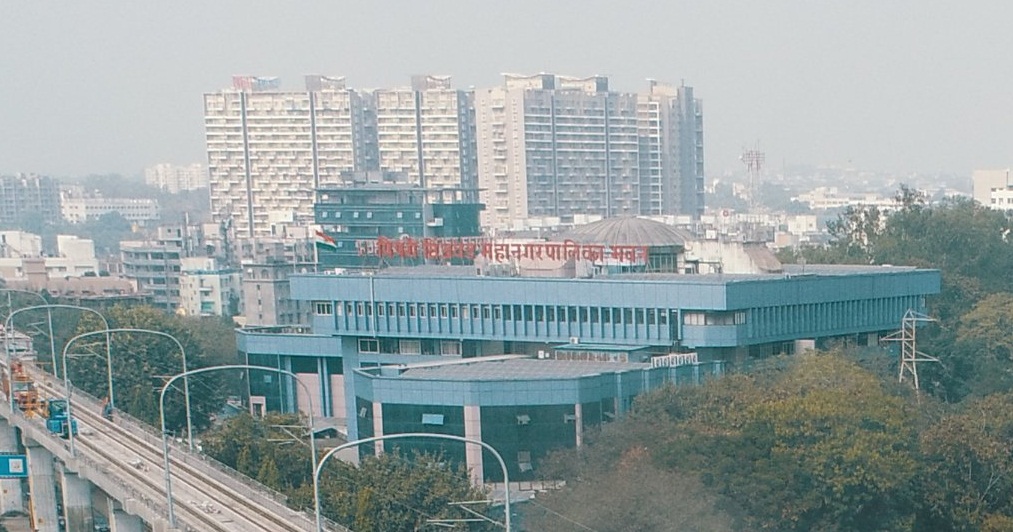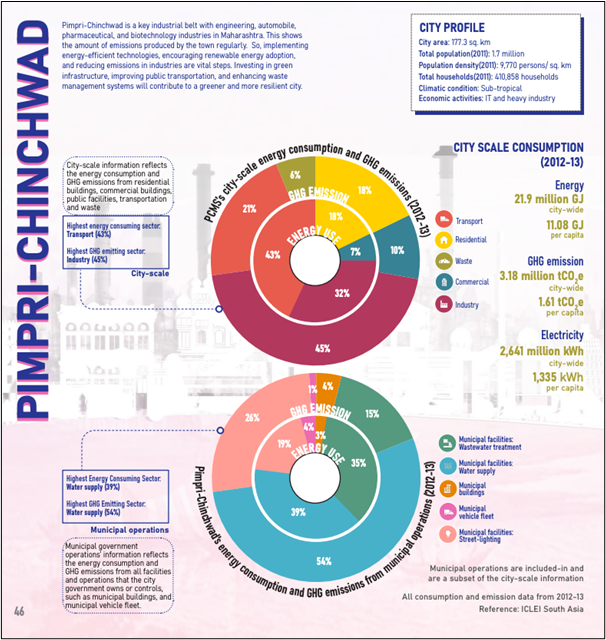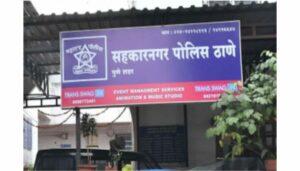Pune: Pimpri-Chinchwad Set For Climate Action Resilience Plan To Reduce Emissions Effectively

Pune, 16th August 2023: Pimpri-Chinchwad, a supporting township and continuous urban stretch adding to Maharashtra’s Pune urban agglomeration, has been looking at a mix of climate issues and increasing greenhouse emissions, thanks to its established status as an important industrial hub in the state. However, a new report has identified how the city is in the process of preparing its Climate Resilience Action Plan and setting climate resilience targets to reduce emissions.
The report, ‘STATE OF CITIES: Towards Low Carbon and Resilient Pathways’, has been published by the National Institute of Urban Affairs (NIUA) under the Ministry of Housing & Urban Affairs, in partnership with International Council for Local Environmental Initiatives (ICLEI) South Asia, gives an insight into 15 of India’s smart cities, and their future challenges and pathways in terms of climate resilience, which includes mitigation of greenhouse gases (GHG). GHG in the Earth’s atmosphere traps heat and contributes to the greenhouse effect, leading to global warming.
“This STATE OF CITIES report is a first of its kind, which not only underscores the urgent need for resilient climate action but also highlights the crucial role they play in attracting investments for low carbon transitions. It serves as a guidebook for Indian cities, enabling them to navigate the complexities of sustainable urban development and make informed decisions that will shape a greener, more resilient future. By harnessing the potential of the report, we aim to create a harmonious balance between economic progress, environmental stewardship, and social inclusivity, ultimately shaping a sustainable and prosperous future for all,” said Hitesh Vaidya, Director, NIUA, adding that NIUA’s role as the U20 secretariat is to help cities understand their commitments and develop sustainable solutions to achieve inclusive prosperity.

As per the report, Pimpri-Chinchwad has GHG emissions of 3.18 million tCO2e (metric tons of carbon dioxide equivalent), uses 21.9 million GigaJoule energy and consumes 2,641 million kWh electricity annually. When it comes to consumption in Pimpri-Chinchwad, transport consumes the highest energy (43%), and industry is the highest GHG contributor (45%). In terms of the amount of energy consumed by the local Government, its GHG emissions profile puts water supply as the highest energy guzzler (39%), and the highest emissions contributor (54%).
The report has listed action points to ensure that the township, a thriving industrial belt consisting of engineering, automobile, pharmaceutical and biotechnology industries, can effectively prepare its Climate Resilience Action Plan and set up climate resilience targets.
Among the key mitigation actions listed by the report, is the installation of rooftop solar plants of 10 megawatt (MW) on all government buildings. The plan could also look at implementation of green building incentives for public buildings, and installation of electric vehicle charging stations. The administration is also looking at installing a waste-to-energy plant for waste processing and implementing a bio-methanation plant to convert hotel waste to biogas.
“Pimpri-Chinchwad is well-placed to implement measures to become climate resilient. There are adaptation actions that the town’s climate resilience plan can incorporate. For instance, streamlining the biodiversity park and creation of a biodiversity information centre, creation of an ecological network, and incorporating ecological measures in development projects can go a long way into becoming climate resilient. The administration can also look at updating its existing water resource management plan as per the climatic events and building resilience for the same,” said Emani Kumar, Executive Director, ICLEI South Asia.
Kumar added, “Water can be reused from wastewater for municipal purposes and the drainage master plan management plan can be aligned with the flood management plan for integrated implementation. The transport sector can be fortified by the promotion of NMT through pedestrian friendly streets and that of public transport by expanding the network in all parts of the city.”
The STATE OF CITIES report arrives at a crucial juncture as cities bear the brunt of climate risks, with nearly 68% of the global population expected to reside in urban areas by 2050. Rising temperatures, droughts, wildfires, and rising sea levels threaten city infrastructure, livelihoods, and economies. Fossil fuel dependency worsens greenhouse gas emissions, exacerbating the climate crisis. Challenges like urban heat islands, water scarcity, food insecurity, air pollution, and health concerns further burden city dwellers. To tackle these issues, empowering cities with policies, funds, and inclusive governance is essential. Cities must take center stage, driving climate resilience and action.
Ad








